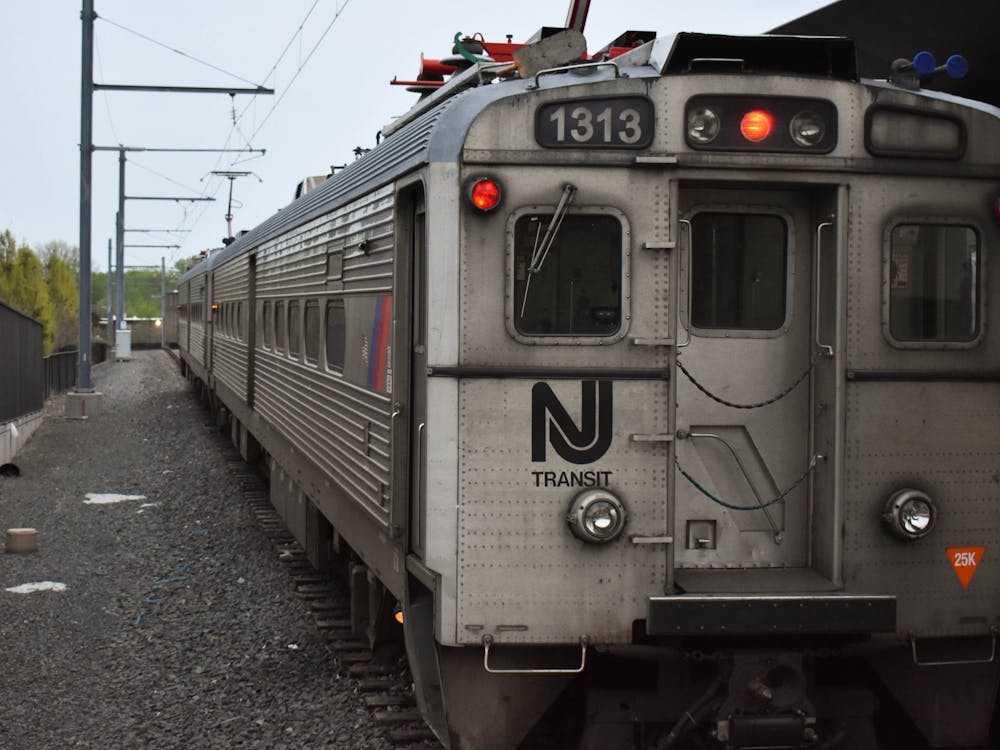Several hours earlier, I had looked at that same neoclassical structure in awe. We stood pinched between the imposing court and the majestic Capitol, and though I had been there before, this time, with a half-decade more maturity and understanding, my appreciation and veneration of the site had immeasurably grown. Approaching the court for our meeting with Justice Antonin Scalia, I read the words “Equal Justice Under Law” chiseled in its marble facade, and I was filled with pride at this concept, so revolutionary in its day, so vital to human freedom and happiness, so distinctly American.
Our group made its way through the growing crowds toward the National Mall, where the march was to begin. Approaching the throngs, I was first struck by the placidity of the crowd and the individuals who comprised it. This was not the gaggle of ranting and raving radicals that some might deceitfully depict. But most striking and unexpected of all was the number of young people in the march.
The pro-life movement, it turns out, is a youth movement. From young children to young adults, the march and the movement it represented was invigorated by the disproportionate presence of youth. Colleges and universities from across the region and nation were represented. In only the small slice of the march that I could see, the flags of Princeton, Yale, Notre Dame, the University of Delaware and innumerable smaller institutions flew proudly. High schools and church groups sent prayerful delegations of teenagers drawn to America’s capital by neither obligation nor promise of personal gain, but by some stronger and more important force.
This raises the question: Why are so many young people attracted to the pro-life cause? The movement is deeply moral, political and intellectual. It is a long-term struggle, with success not guaranteed within a lifetime. The march itself took place on a cold weekday hundreds, if not thousands, of miles away from the homes of these youth. The right for which they are fighting — the right to life for the unborn — is not their own, nor is it applicable to anyone they know. Every characteristic of the pro-life movement suggests its unattractiveness to youth. And yet they come.
As we approached the Court, the mood became increasingly solemn, and as conversations grew quieter and prayers grow louder, the solution to this paradox became clear. The animating force that unites the pro-life movement is both profound and basic; it is foundational to the human experience. It is simple enough to be perceived by the youngest among us, but its philosophical underpinnings go to the heart of modern intellectualism. It is a force so thoroughly human that it pervades all human endeavors.
I speak of love. Not romantic love or platonic love or maternal love, but that all-encompassing love for all things human that makes us human. I speak of that love that comes so easily to young children, who empathize without effort, and that too often fades as time passes. It is this love, this recognition of the equal and inherent dignity of all members of the human family without regard to race or gender or stage of development, that brings together such a disparate group of people and that attracts young people to a movement that seems to have nothing to offer them.
Two centuries ago, when innocent youngsters first viewed the horror of slavery, imagine their confusion as their moral intuition identified a fellow human in distress, but the elites told them, “Do not feel for him, for he is not a man.” And so it is today: Imagine the confusion when a child first views the four-dimensional ultrasound image of his sibling, and yet while his moral intuition identifies a brother or sister, the elites tell him, “Do not feel for it, for it is not human.”
Through the tumultuous transition of adolescence, this moral intuition can be discarded as childish rather than simply human. But through faith or study or some combination of the two, students and scholars can come to a fuller understanding and appreciation of this intuition, this empathy, this love for the equal dignity of all members of the human family. In so doing, they and we can reach the realization that the intuition of our childhood is more: It is truth. And so they come, and they will always come.

As we approached the court on that chilly January afternoon, I again saw the inscription: “Equal Justice Under Law.” This time, those majestic words seemed to me the most crass joke ever uttered, emblazoned on this symbol of my nation.
Brandon McGinley is a politics major from Pittsburgh, Pa. He can be reached at bmcginle@princeton.edu.








